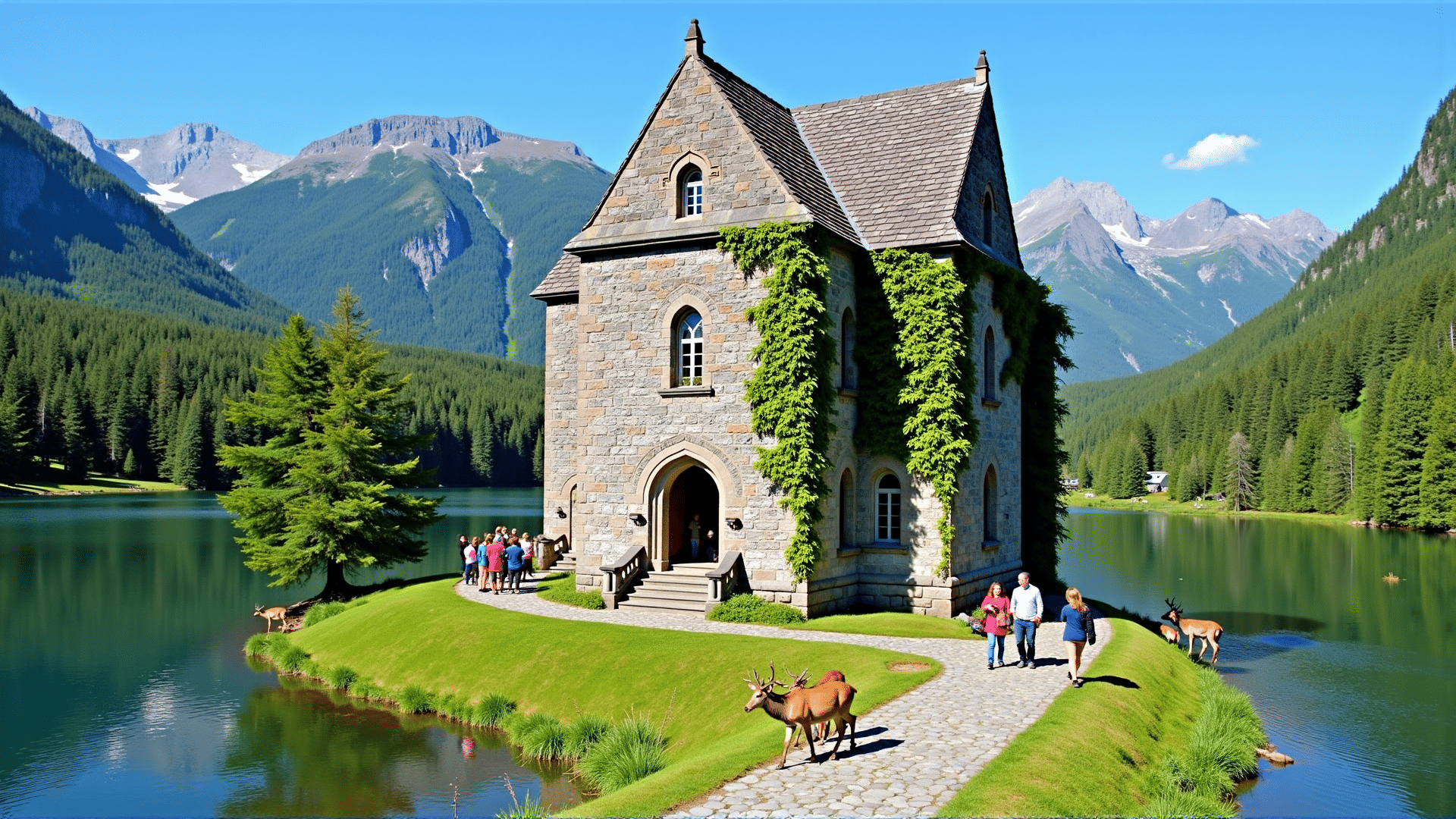Canada, with its vast and varied landscapes and rich tapestry of cultures, holds a proud place on the global stage through its collection of UNESCO World Heritage Sites. Each site offers a glimpse into the unique aspects of Canada's cultural and natural history, showcasing everything from ancient temples to breathtaking natural wonders.
One of the most striking natural sites in Canada is the Canadian Rocky Mountain Parks. This stunning area spans across two provinces and offers unparalleled landscapes of high peaks, expansive icefields, and diverse wildlife. Home to the striking turquoise waters of Lake Louise and Moraine Lake, these parks are emblematic of the natural beauty that has come to define the Canadian wilderness.
On the cultural side, Old Québec is a testament to history and architecture. As the cradle of French civilization in North America, Old Québec retains a distinctly European influence, evident in its cobblestone streets, stone buildings, and fortifications. This vibrant historical district is a celebration of the past, where visitors can wander through the elegant Chateau Frontenac or explore the rich history at the Musée de l'Amérique francophone.
Also significant is the Historic District of Old Lunenburg. This coastal town offers a glimpse into Canada's maritime heritage and boasts a distinctive and colorful wooden architecture. Built originally on the principles of harmonious town planning, Lunenburg stands out for its well-preserved homes, churches, and businesses that reflect the prosperity and historical significance of this important seafaring town.
Another important cultural site is Head-Smashed-In Buffalo Jump. Located in Alberta, this archaeological site provides insight into the life and traditions of the Plains People of North America. For thousands of years, Indigenous people utilized this site as a strategic buffalo jump that played a crucial role in their community life and survival.
The Grand Pré, located in Nova Scotia, offers yet another historical exploration into Canada's diverse cultural landscape, representing the enduring legacy of the Acadian peoples. This landscape is a testament to the agricultural prowess of the Acadians, showcasing technical innovations in dykeland farming within an exceptionally beautiful setting.
Among Canada's natural wonders is the Nahanni National Park Reserve, a remote sanctuary in the Northwest Territories. Known for its deep river canyons, thunderous waterfalls, and soaring rock wall formations, this park embodies the spirit of the northern wilds. It is a refuge for many species of wildlife and a wonder for those seeking adventure among untouched nature.
Lastly, the Mistaken Point Ecological Reserve in Newfoundland and Labrador offers intriguing insights into the prehistoric past. Housing the oldest-known collection of large, architecturally complex fossils in the world, this site invites visitors to delve into the mysteries of Earth's early multicellular life, preserved in astonishing detail in the rocks along the coastline.
These UNESCO World Heritage Sites represent just a portion of the cultural and natural wealth found across Canada. From breathtaking landscapes to sites rich with human history, each location tells its own story and is a testament to the incredible diversity found within this vast nation. Whether exploring the rugged beauty of the Rockies or delving into the vibrant histories of ancient communities, Canada's heritage sites offer a profound glimpse into the country's soul.
